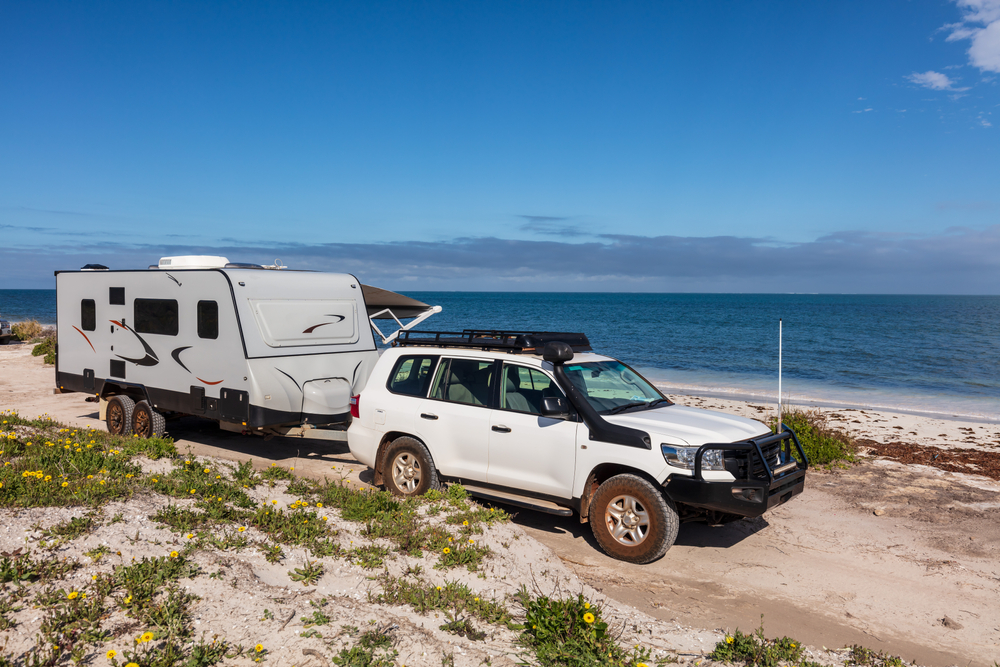Households have been hit hard at the supermarket check-out but prices are unlikely to get any higher.
Expectations are that inflation peaked in the fourth quarter of 2022 ahead of a gradual tracking down over the next two years.
The quarterly consumer price index will be released by the Australian Bureau of Statistics on Wednesday.
In the September quarter, headline inflation rose 7.3 per cent annually and 1.8 per cent over the quarter.
This followed another 1.8 per cent lift over the June quarter.
The price of goods and services started surging last year due to ongoing disruptions from COVID-19, the war in Ukraine and strong post-pandemic consumer demand.
Rising inflation prompted the Reserve Bank to start hiking interest rates from a historic low level of 0.1 per cent.
The official cash rate is now 3.1 per cent.
A December quarter inflation reading in line with the Reserve Bank’s eight per cent prediction will bolster the case for another 25 basis point hike.
But St George senior economist Pat Bustamante said a softer read might prompt the central bank to consider a pause in February.
Mr Bustamante said the make-up of inflationary pressures was also an important factor.
Goods prices were largely responsible for inflation last year due to supply chain disruptions, but easing shipping and freight costs should see goods prices cool off.
He said the cost of services inflation, which covers things like haircuts and education, would likely be stickier due to the high cost of labour, with another round of strong workforce figures putting Australia at risk of unsustainable wages growth.
“There are positive early signs that labour demand is easing while labour supply continues to accelerate,” Mr Bustamante said.
“This could help ease wage pressures over time.”
St George economists are predicting inflation peaking at 7.4 per cent in the December quarter before easing to 3.7 per cent in 2023 and three per cent in 2024.
Despite the economic headwinds facing the Australian economy, Treasurer Jim Chalmers is optimistic the government can do more than respond to immediate pressures.
Over the summer break, the treasurer penned a 6000-word essay to be published in The Monthly that will outline a blueprint for restoring prosperity in the post-pandemic era.
“Despite the economic pressures coming at us from around the world, we can do more than simply batten down the hatches and hope for the best,” Dr Chalmers said.
The treasurer wants to see Australia do more to align its values with the economy, including executing a smooth clean energy transition, investing strategically in skills, and putting wellbeing at the centre of the nation’s economic success.
“I’m realistic about the challenges ahead of us, but I’m also incredibly optimistic about the future of our economy and the future of our nation.”
Poppy Johnston
(Australian Associated Press)





